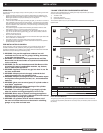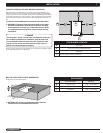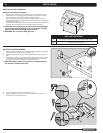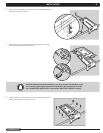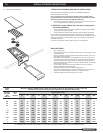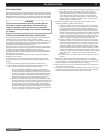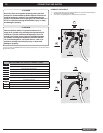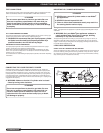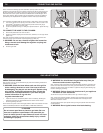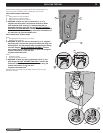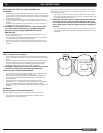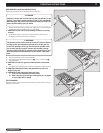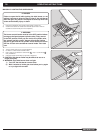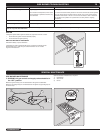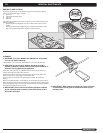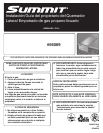Special offers from our partners!

Find Replacement BBQ Parts for 20,308 Models. Repair your BBQ today.

Buy Weber Grill Parts. It couldn't be easier. Find your Weber parts here.
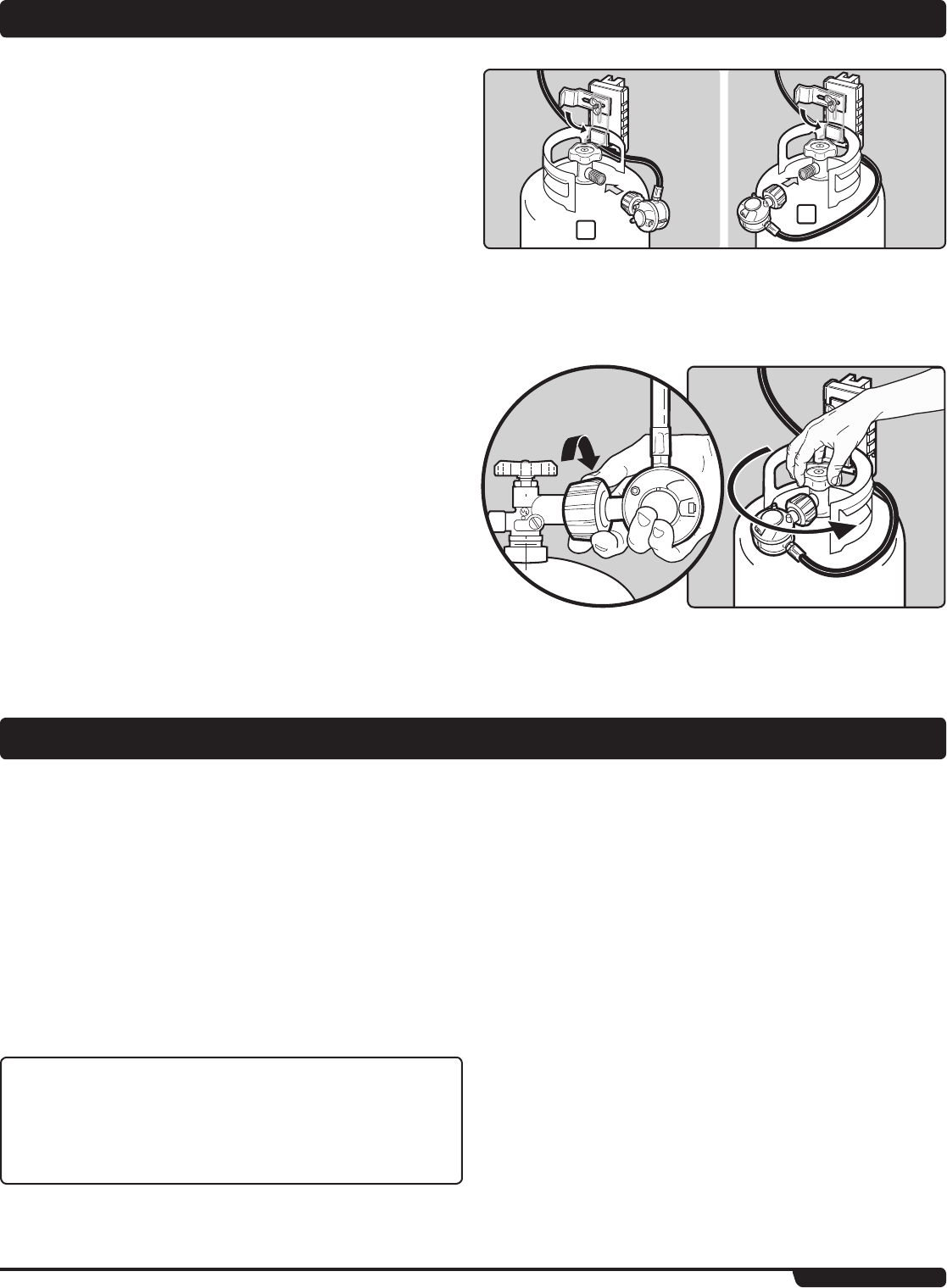
WWW.WEBER.COM
®
14
CHECK FOR GAS LEAKS
After a period of nonuse, we recommend that you perform the following maintenance
procedures for your safety.
ƽ WARNING: Check the hose before each use of the grill for
nicks, cracking, abrasions or cuts. If the hose is found to
be damaged in any way, do not use the grill. Replace using
only Summit
®
authorized replacement hose. Contact the
Customer Service Representative in your area using the
contact information on our web site.
Log onto www.weber.com
®
.
• Inspect the burner for correct flame pattern. Clean if necessary, following the
procedures outlined in the “General Maintenance” section of this manual.
• Check all gas fittings for leaks.
All connections and joints must be thoroughly tested for leaks in accordance with local
codes and all listed procedures in the latest edition of ANSI Z223.1/NFPA 54.
ƽ DANGER
Do not use an open flame to check for gas leaks. Be sure
there are no sparks or open flames in the area while you
check for leaks. Sparks or open flames will result in a fire or
explosion, which can cause serious bodily injury or death
and damage to property.
ƽ WARNING: You should check for gas leaks every time you
disconnect and reconnect a gas fitting.
Note - All factory-made connections have been thoroughly checked for gas leaks. The
burners have been flame-tested. As a safety precaution however, you should recheck
all fittings for leaks before using your Weber® appliances. Shipping and handling may
loosen or damage a gas fitting.
ƽ WARNING: Perform these leak checks even if your appliance
was dealer or store assembled.
You will need: a soap and water solution, and a rag or brush to apply it.
Note - Since some leak test solutions, including soap and water, may be slightly
corrosive, all connections should be rinsed with water after checking for leaks.
Make sure side burner is OFF.
To perform leak checks: open cylinder valve by turning the cylinder valve hand-wheel
counterclockwise.
ƽ WARNING: Do not ignite burners when leak checking.
Some LP tanks have differing top collar assembles. (The top collar is the metal
protective ring around the valve.) One series of tanks mount with the valve facing front
(a). The other tanks mount with the valve facing away from the fuel scale (b). Weber
recommends the use of cylinder manufacturer’s Manchester and Worthington, with a
47.6 lb water capacity. Other cylinders may be acceptable for use with the appliance
provided they are compatible with the appliance retention means (see illustrations).
The LP cylinder is installed inside the tank enclosure or tank cabinet, on the tank scale.
1) Turn the LP cylinder so the opening of the valve is either to the front, side or rear
of the Weber
®
gas barbecue. Lift and hook the cylinder onto the fuel gauge.
2) Lift tank up into position on the tank scale.
3) Loosen the cylinder lock wing nut. Swing the cylinder lock down. Tighten the wing
nut.
TO CONNECT THE HOSE TO THE CYLINDER:
4) Remove the plastic dust cover from the valve.
5) Screw the regulator coupling onto the tank valve, clockwise, or to the right. Hand-
tighten only.
Note: This connection tightens clockwise and will not allow gas to flow unless the
connection is tight. The connection requires tightening by hand only.
ƽ WARNING: Do not use a wrench to tighten the connection.
Using a wrench could damage the regulator coupling and
could cause a leak.
6) Check for gas leaks.
b
a
CONNECTING GAS SUPPLY
GAS LEAK TESTING



